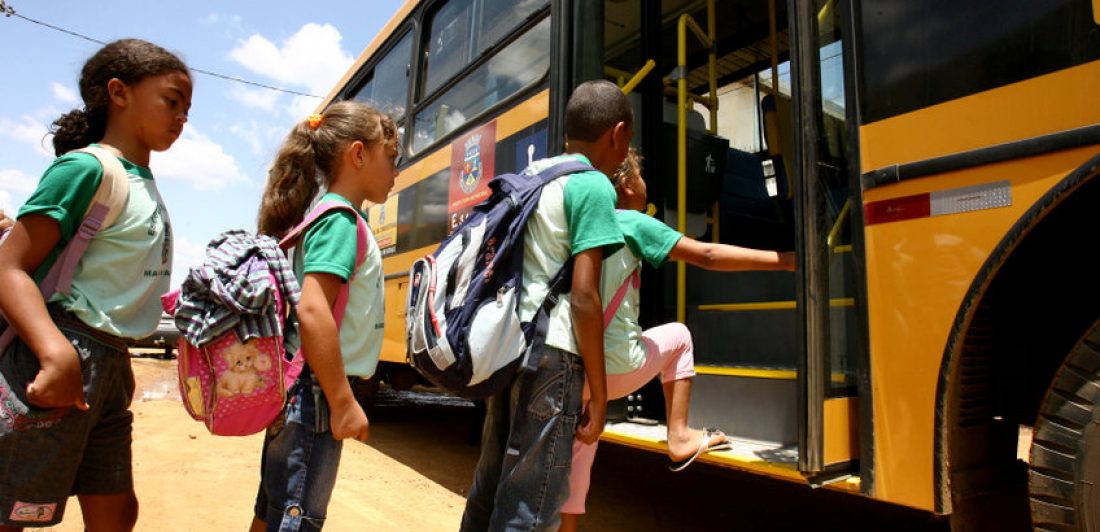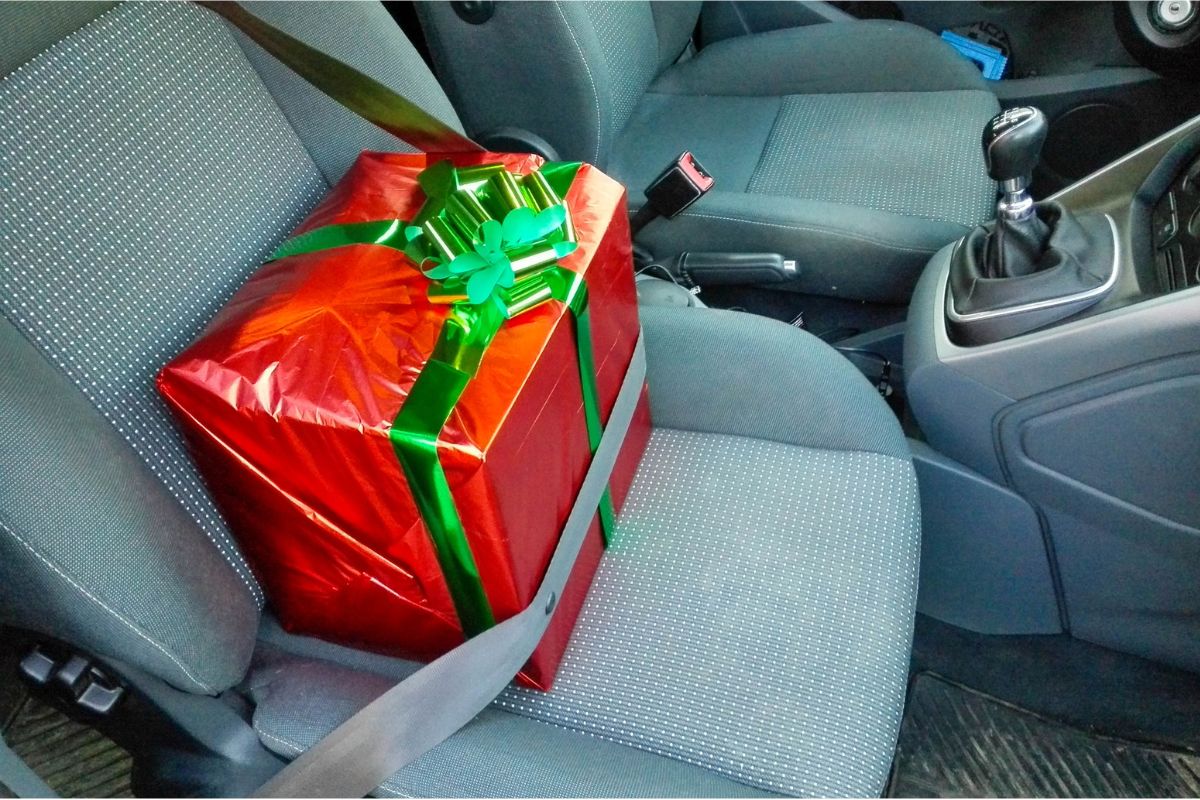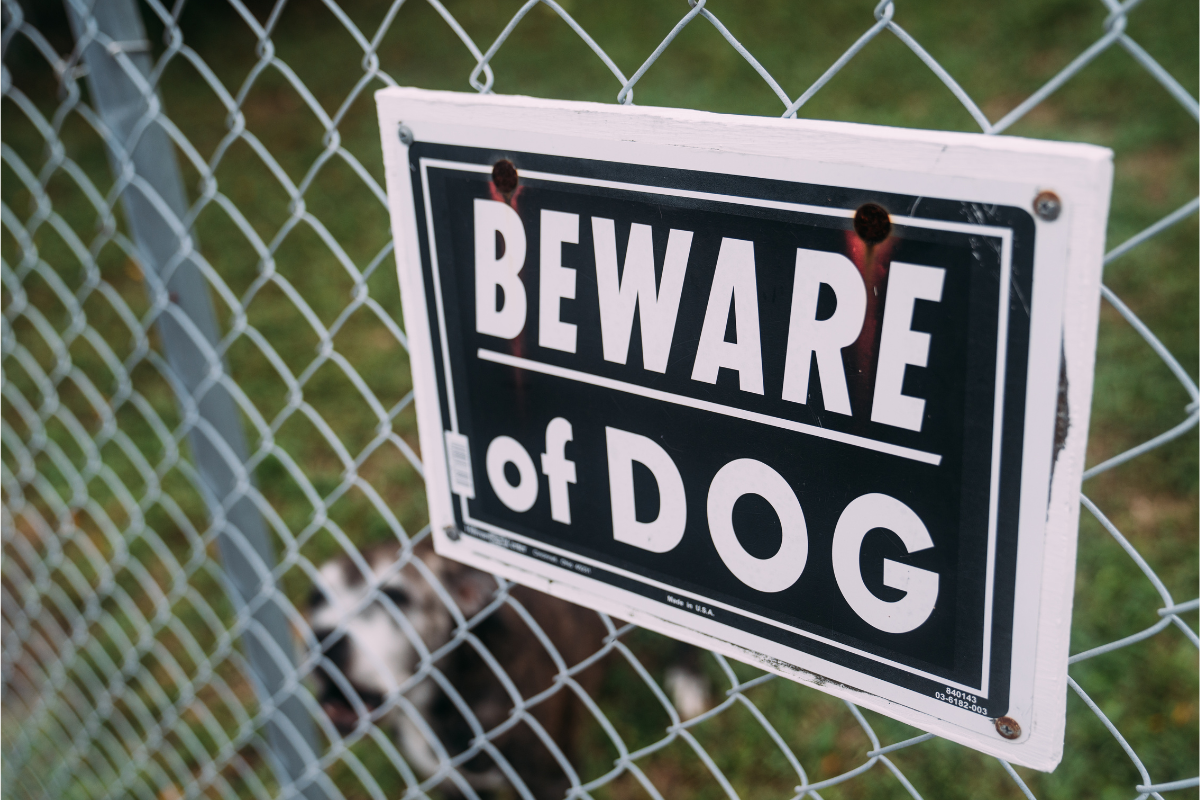In states across the nation, daycare vans or buses transport the most important passengers in our lives: our children. Therefore, daycare facilities have a responsibility to uphold to drive in a safe manner, obey traffic regulations and signs, and use their best judgment to transport all children from point A to point B. One of the easiest tasks is to ensure that no child is left on the bus and enters the building safely. Unfortunately, even the easiest task can be overlooked by bus drivers and attendants.
Why are Kids Being Left in the Daycare Van or Bus?
The following are potential reasons for children being left on the bus:
- There is no system in place to check when the kids are walking off the bus and into the respected building.
- There is no system in place for the second pair of eyes to run through the bus and ensure there are no children present.
- There is no system in place for a second employee to lock the bus once they have run through the bus.
- There is no system for roll call to ensure that all students are inside the building.
Kids shouldn't ever be left unattended inside a bus for a period of time. Acts of negligence as such are preventable and can ensure that all kids are safe.
What are the Dangers of Leaving a Child Behind in the Vehicle?
Children are incredibly susceptible to the heat, and measures like parking in the shade and leaving the window open aren’t necessarily going to prevent a tragedy from happening.
The following are a couple of myths about leaving children in a vehicle:
Myth #1
I can leave this child even if it’s only 60 degrees outside. The car won't heat up to dangerous levels.
Fact: An outside temperature of 60 degrees can increase your car temperature to well above 100 degrees.
Myth #2
I have an adequate prediction of the level of heat in the car based on how I, an adult, feel.
Fact: A young child’s body temperature increases three to five times faster than that of an adult.
Myth #3
I can leave the kid in the vehicle, even if it’s for five minutes.
Fact: On an 80-degree day, the temperature inside your vehicle can reach a dangerously hot level in just 10 minutes.
Although individual responses to extreme heat vary, at an air temperature greater than 111.2 degrees Fahrenheit in an environment of high humidity, it is widely accepted that the human body will be at the very limits of its tolerance. Since a child’s body is much smaller than an adult’s, they have less body surface area that will allow them to cool down. In addition, although some adults may have the capability of getting themselves out of the car, a small child will unlikely be able to do so.
As the child’s body warms up, their organ functions will become impaired, and their organs will eventually shut down when his or her temperature reaches 104 degrees Fahrenheit, leading to heatstroke.
What is Negligence in Daycare Injuries?
Children, especially the younger they are, must be watched closely. If a daycare facility isn’t preventing the child from hurting himself or herself under the daycare’s supervision, the child may have a claim for negligence.
In order to receive compensation for negligence, the following elements must be proved:
- That the daycare had a duty to protect the child from undue harm;
- The daycare violated that rule;
- There was an injury;
- The breach of the duty of care was the cause of the injury; and
- The injury was foreseeable by the daycare staff
When there are standards in place to ensure that all children have exited the bus and entered the building safely, a daycare worker leaving a child behind is a form of negligence.
What Can I Do if My Child Has Been Hurt at Daycare?
You may be entitled to compensation if your child was hurt in daycare. Documentation is very important when it comes to a negligence case in daycare. Winning a daycare case means proving that the daycare provider breached their care of duty to prevent the injuries sustained by the child. One won't win if they simply accuse the provider of negligence, he or she will need proof.
Documentation can take forms including:
- Police reports
- Eyewitness statements
- Medical examinations and reports
- Photographs and videos
- Medical bills
Keep in mind that it is in your best interest if you plan on pursuing a daycare negligence lawsuit, the quicker you do it the better. Typically, the statute of limitations is two years after an injury was sustained. Contact our office today to discuss what your legal rights look like after your child has been hurt at daycare.
Can I Still Sue Even if I Signed an Indemnity or Liability Clause?
A liability clause may make it seem like the daycare provider is off the hook, no matter what. However, that is contrary to popular belief. There have been plenty of daycare lawsuits brought by parents who signed the indemnity clause. However, the courts take the position that it’s the child who's hurt and not the parent. With this in mind, it is believed that the child has a right to sue the daycare provider.
Having a parent sign an indemnity clause prior to the child being hurt means that it opens up the door for daycare centers to act negligently without concern about liability for their actions, especially when dealing with innocent and defenseless children.
Most daycare centers are aware that having an indemnity clause in their release form is worthless. However, some daycare centers still have it to discourage parents from filing injury claims on behalf of their children.
If you have questions regarding your legal rights regarding a daycare abuse lawsuit, contact us today. We will discuss what your legal options look like.
How Can The Carlson Law Firm Help?
If your child has been injured in a daycare accident and you need help determining what action to take next, contact our office today. During your free consultation, you'll have the opportunity to explore your legal rights with one of our legal experts. We care, and we can help.




